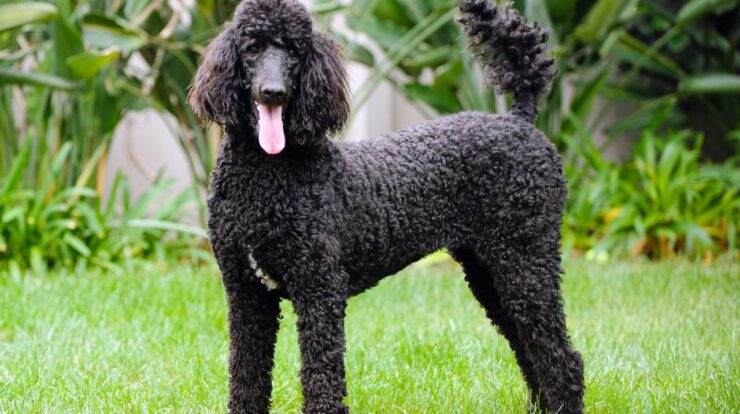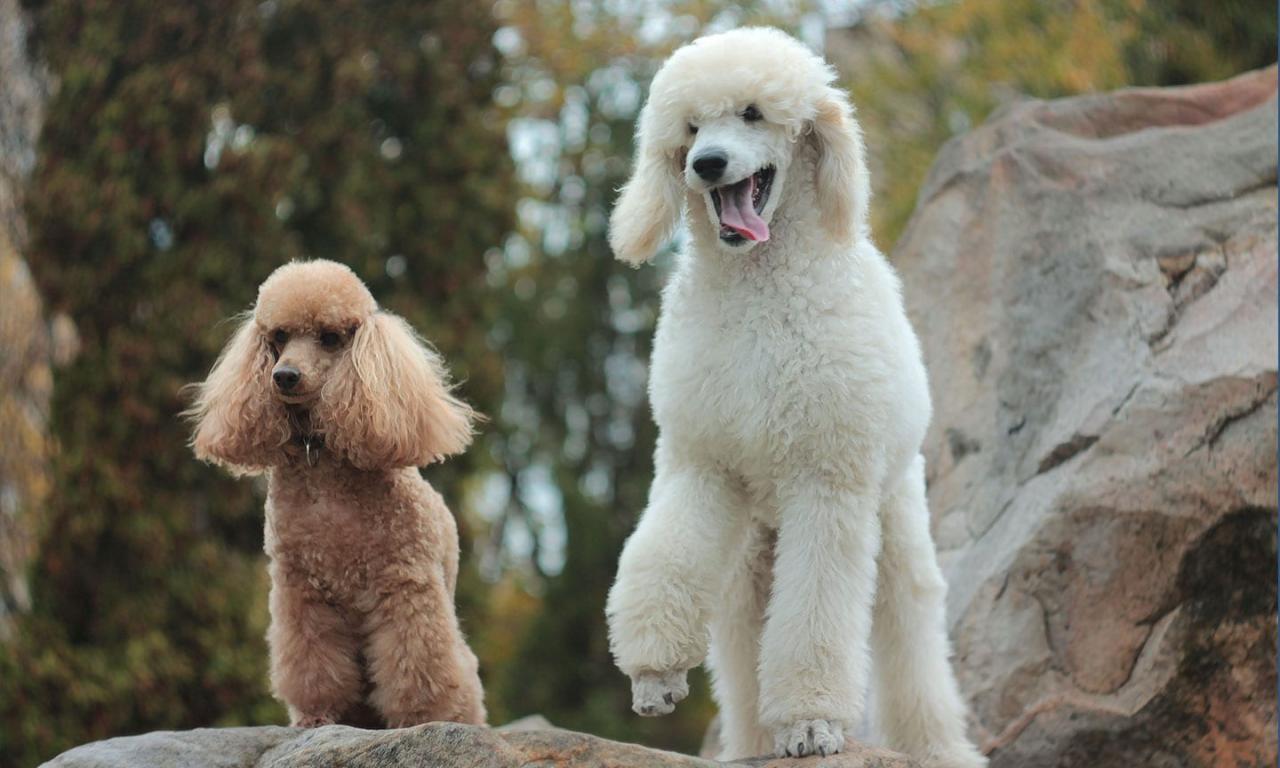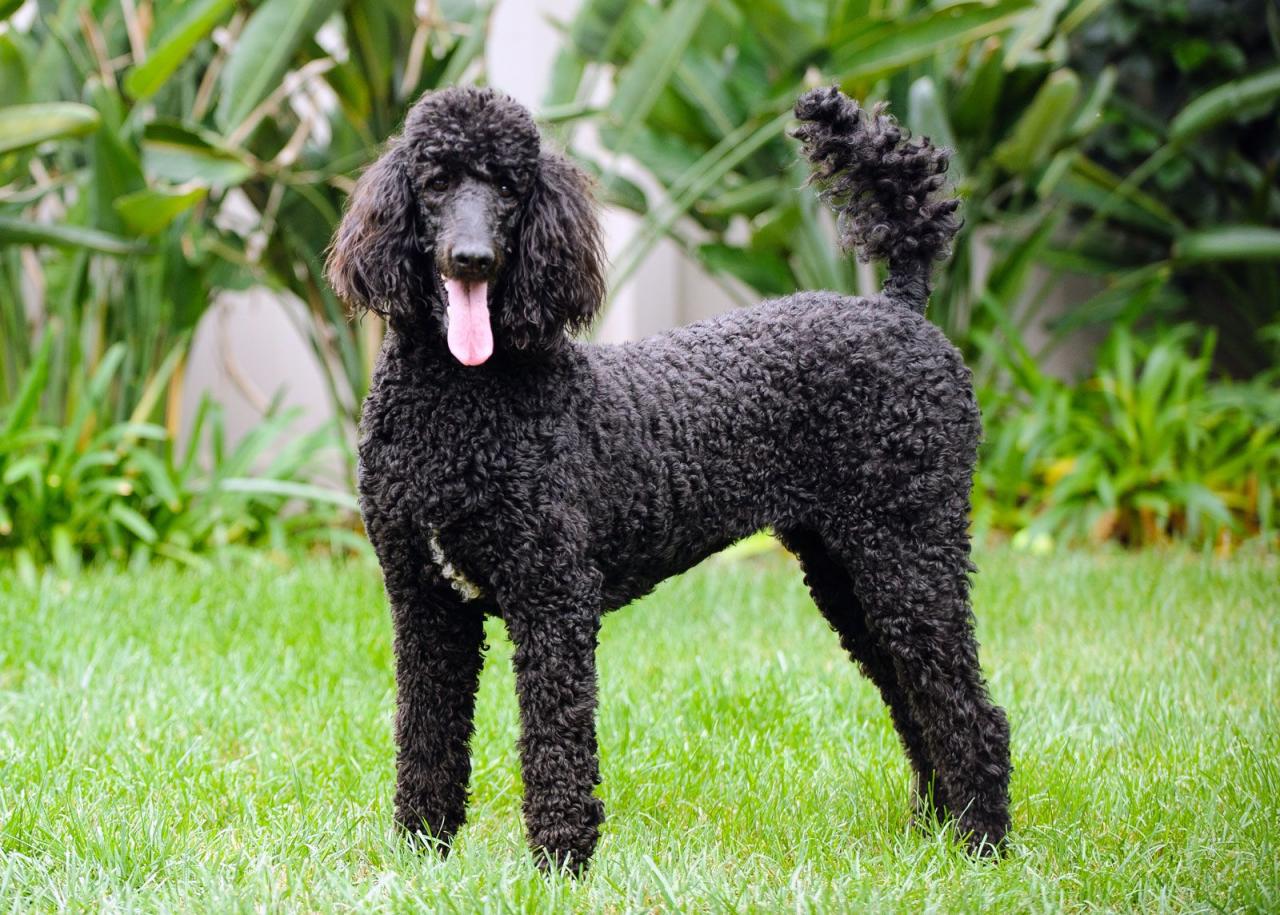
Poodle meaning delves into the rich history, distinctive traits, and enduring cultural significance of this beloved canine companion. From its etymological origins to its modern-day popularity, the poodle has captivated hearts and minds for centuries.
The poodle’s distinctive appearance, characterized by its curly coat and elegant gait, has made it a favorite among dog enthusiasts worldwide. Its intelligence, loyalty, and adaptability have also contributed to its enduring popularity as a companion and working dog.
Etymology
The word “poodle” is thought to have originated from the German word “pudel,” which means “puddle” or “water dog.” This is likely due to the breed’s love of water and its ability to retrieve waterfowl.
Another theory suggests that the name comes from the Dutch word “poedel,” which means “clown” or “jester.” This may be a reference to the poodle’s playful and affectionate nature.
History and Origin
The poodle is an ancient breed that originated in Europe. It is believed to have descended from the Barbet, a water dog that was used for hunting waterfowl. The poodle was first recognized as a distinct breed in the 16th century and quickly became popular among the nobility.
Poodles were originally bred in three sizes: standard, miniature, and toy. The standard poodle was used for hunting, the miniature poodle was used as a companion dog, and the toy poodle was used as a lapdog.
Physical Characteristics
Poodles are known for their distinctive curly coat. Their coat can be black, white, brown, or gray. Poodles also have a long, bushy tail that is often docked. They are a medium-sized breed, with the standard poodle standing 15-24 inches tall at the shoulder and weighing 45-70 pounds.
Temperament and Personality
Poodles are intelligent, loyal, and affectionate dogs. They are also very playful and love to be around people. Poodles are great family dogs and are also well-suited for apartment living.
Grooming and Care: Poodle Meaning

Poodles require regular grooming to keep their coat healthy. They should be brushed at least once a week and bathed every 2-3 weeks. Poodles also need to have their nails trimmed regularly.
Health and Lifespan
Poodles are generally healthy dogs. However, they are prone to certain health problems, such as hip dysplasia, bloat, and eye problems. The average lifespan of a poodle is 12-15 years.
Training and Exercise
Poodles are intelligent dogs that are easy to train. They are also very active and need plenty of exercise. Poodles should be taken for a walk or run every day and should also have access to a fenced-in yard where they can play.
Poodles in Popular Culture
Poodles have been featured in popular culture for centuries. They have appeared in paintings, sculptures, and literature. Poodles have also been featured in movies, television shows, and commercials.
One of the most famous poodles is Fifi, the dog of the French queen Marie Antoinette. Fifi was known for her luxurious lifestyle and her love of fashion.
Epilogue

In conclusion, the poodle meaning encompasses a tapestry of history, physical attributes, personality traits, and cultural significance. Whether gracing the pages of literature, starring in films, or simply providing companionship in countless homes, the poodle has left an indelible mark on our collective imagination.
Question Bank
What is the origin of the word “poodle”?
The word “poodle” is thought to have originated from the German word “pudel,” which means “to splash in water.” This is a nod to the poodle’s historical role as a water retriever.
What are some common health issues associated with poodles?
Poodles are generally healthy dogs, but they can be prone to certain health conditions such as hip dysplasia, bloat, and Addison’s disease.
How long do poodles typically live?
Poodles have an average lifespan of 10-18 years, with smaller poodles tending to live longer than larger ones.






